
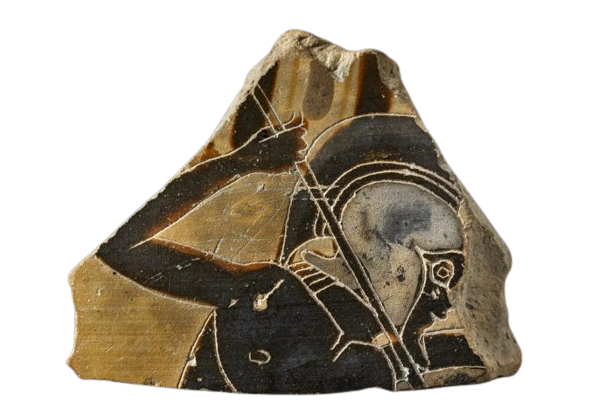
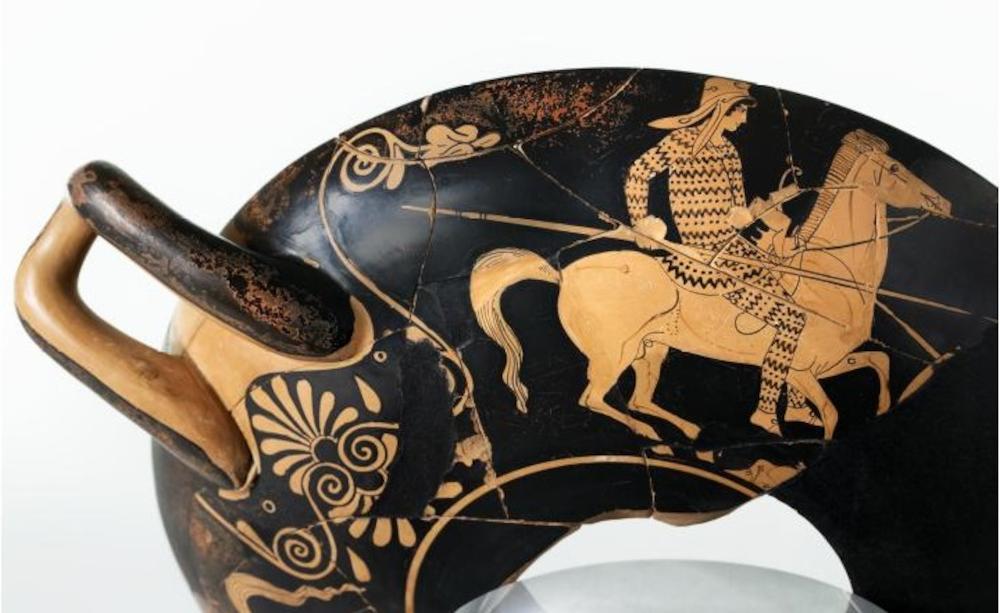
(2/ )
Archaic period
Cup known as "Attic", 5th century B.C., excavation in rue Leca The style known as "red-figure" on a black background is characteristic of the technical developments of the 5th century B.C. It succeeds the "black-figure" style on a light background. It succeeds that of the "black figures" on a light background. In archaeology, ceramics are very good clues for dating the different layers of archaeological sites.
Wartime violence
Swhile violence occurs in many contexts, it is of course in times of war that it is unleashed, taking multiple and extreme forms. The Greek vase to which this fragment belonged was decorated with a combat scene: a hoplite (citizen-soldier) brandishes a spear downwards, presumably against an opponent in a bad position. War scenes are common on vases produced in Athens in the 6th and 5th centuries BC. At that time, the Greek cities, bellicose and jealous of their autonomy, were constantly in conflict with each other. All citizens are called to take part in the combat during their life. It is not only to inflict death on the opposing army on the battlefield: for civilians, each new attack is the threat of looting, torture and enslavement.
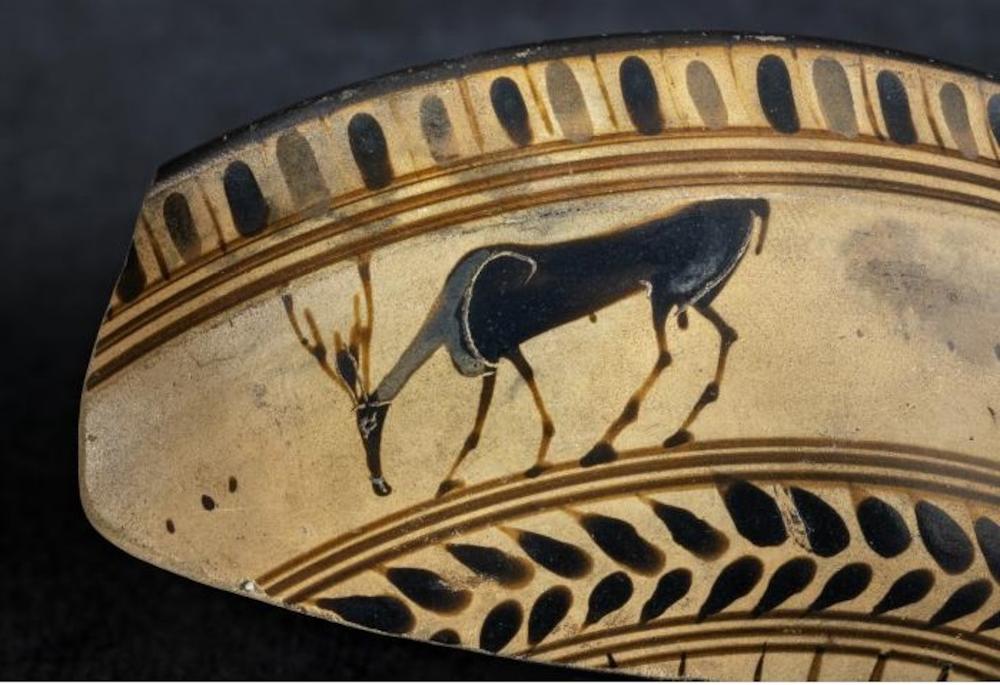
(3/ )
Hellenistic period
In the 6th century B.C., locally made ceramics rubbed shoulders with ceramics imported from Greece. This shard comes from a bowl imported from Athens.
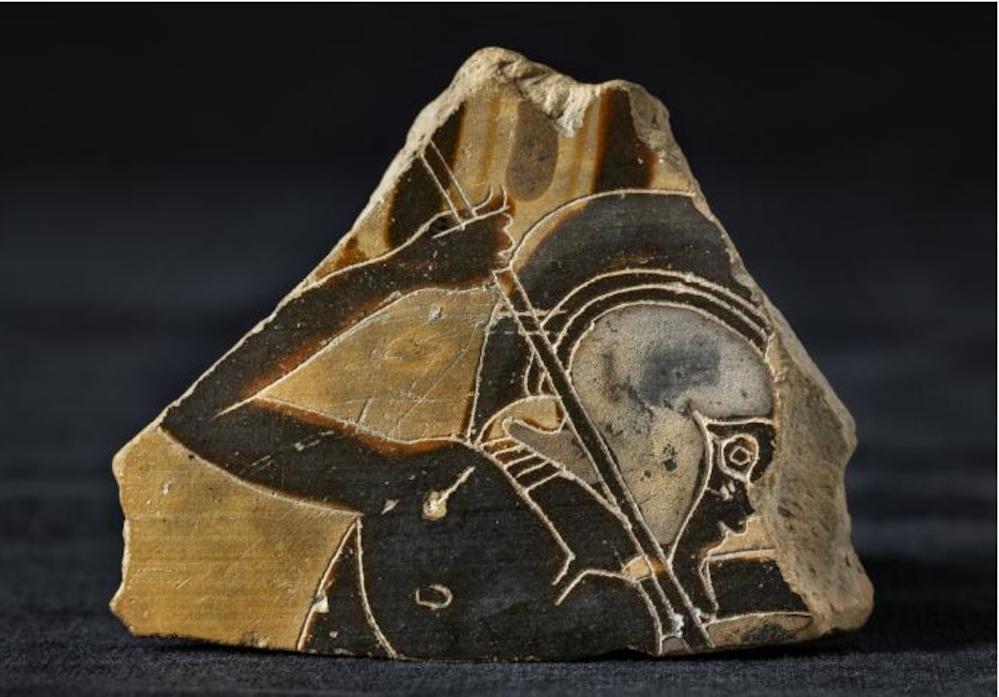
(4/ )
Archaic period
Imported Greek ceramics frequently feature historiated scenes, here a helmeted warrior armed with a spear on a vase from Athens. 6th century BC

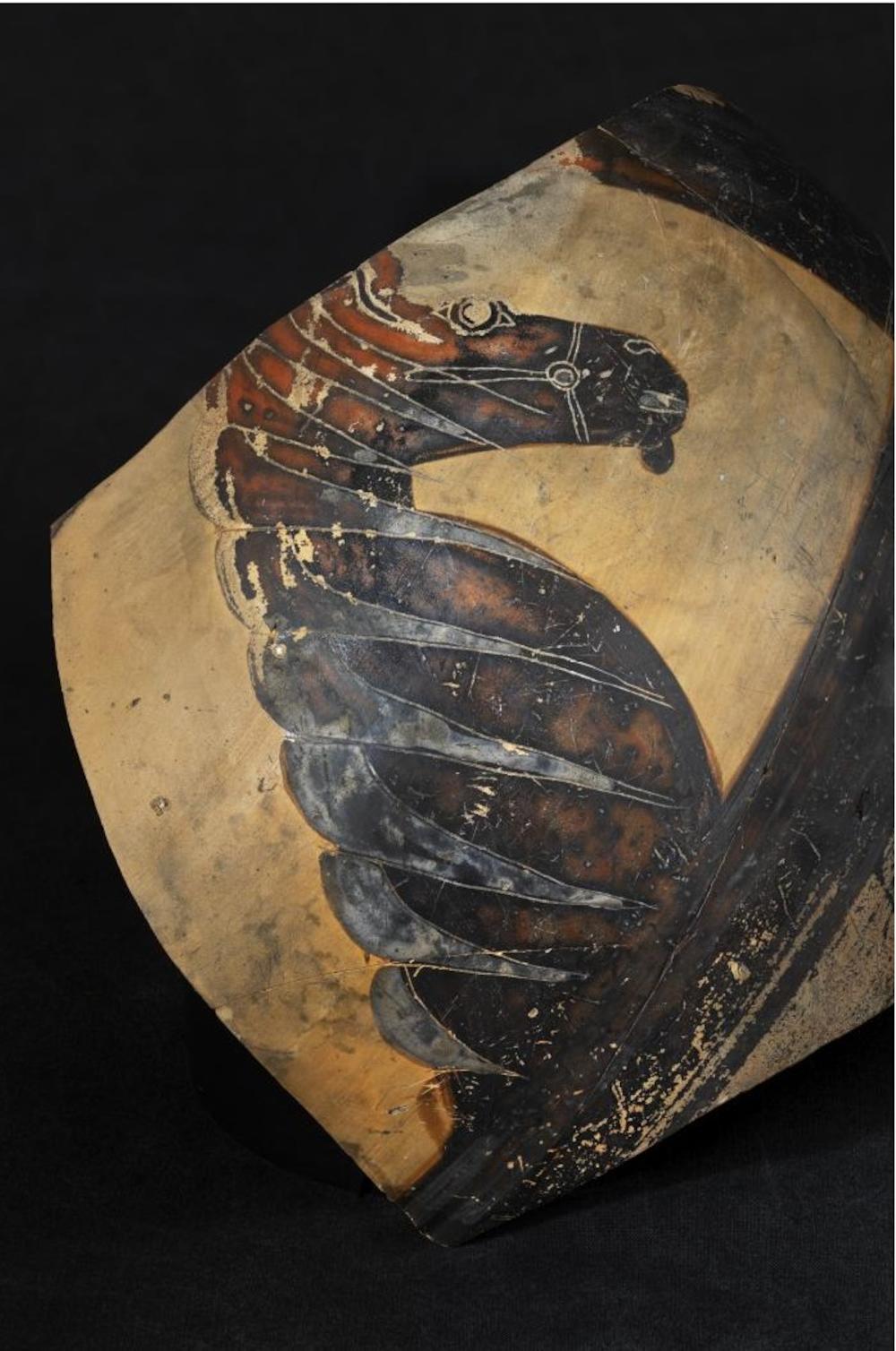
(6/ )
Hellenistic period
This fragment of a table amphora featuring a horse's head is an import from Greece. These high quality (and expensive!) vases were reserved for luxurious tables or for votive or religious uses.

(7/ )
Archaic period
Vengeful violence!
Cthis perfectly legible vase bears witness to a mythological scene expressing the vengeance of Artemis, the Greek goddess of hunting. Indeed, it tells of a mythical episode in Homer's Iliad in which the ruthless Artemis decides to send a giant boar to ravage the lands of King Oeneas of Calydon, in Etolia (central Greece). By this act, she intended to punish him for having committed the imprudence to offend her by forgetting to address a sacrifice to her after the harvest. Méléagre, son of Œnée, then calls upon the greatest hunters of the country to hunt down this monstrous animal which destroys his country. The tracking of the boar is an adventure in which many Greek heroes take part. It is finally Atalanta who succeeds in wounding the animal, which succumbed under the effect of the fatal blow given by Meleager. This episode of the hunting of the boar of Calydon is a subject often treated in the history of art, on ceramic decorations from antiquity, but also in neoclassical painting and sculpture.
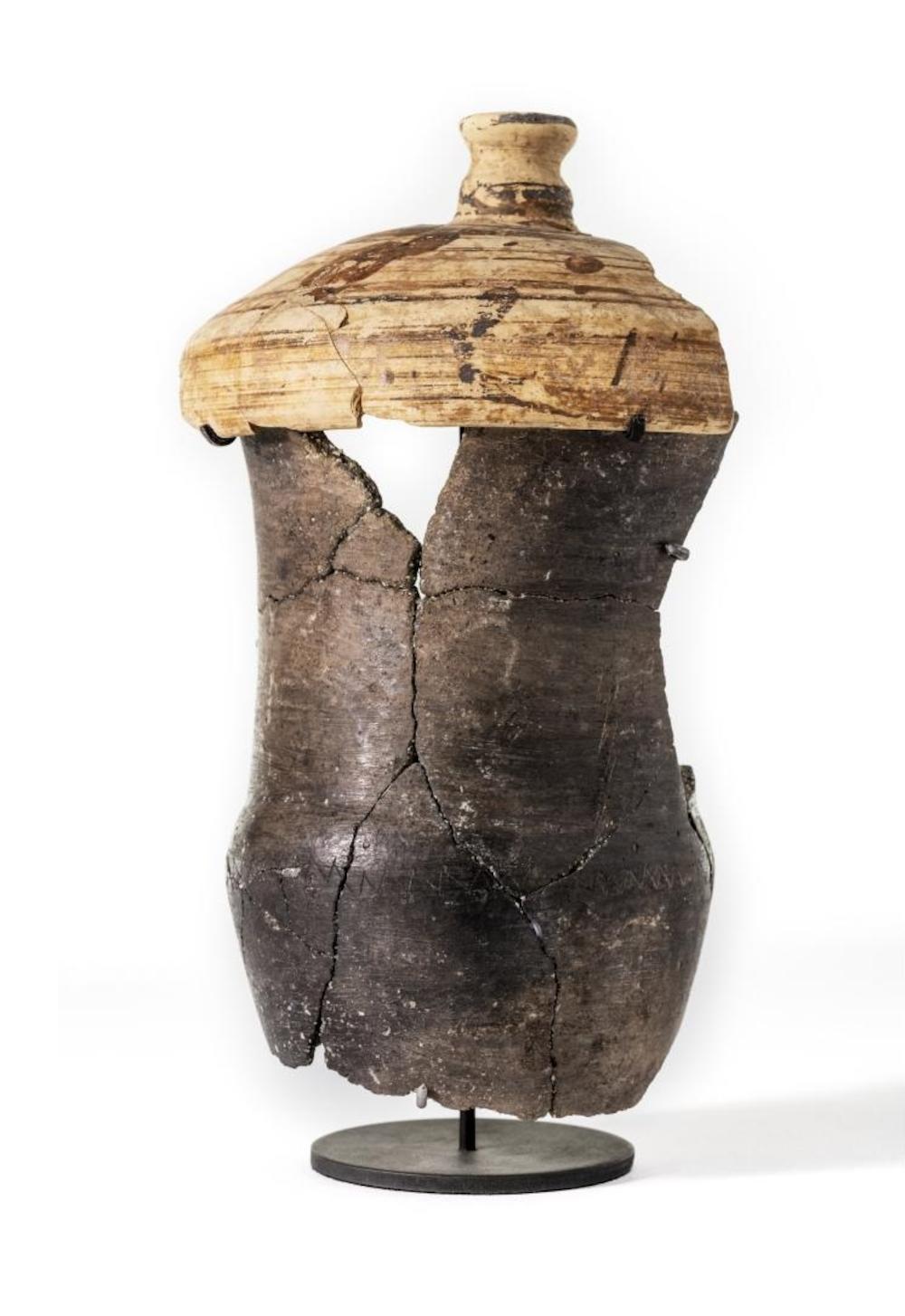
(8/ )
Hellenistic period
The contacts that took place, at the time of the foundation of Massalia, between Greeks and indigenous tribes are sometimes attested to by surprising objects: for example, this urn made of local material and according to an indigenous technique is equipped with a Greek-made lid. Their association testifies to the meeting of the local populations and the Phocaean settlers.
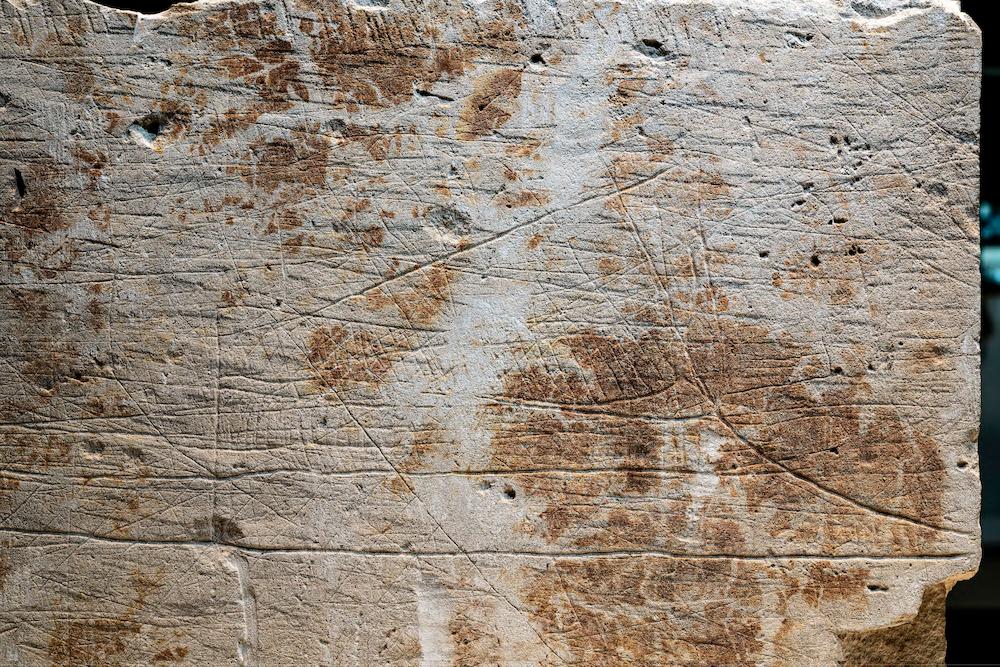
(9/ )
Hellenistic period
Carved block comes from a Greek monument dismantled by the Romans. A first engraving representing a boat, It was on board boats of this type that the Phocaean colonists must have arrived to found Massalia in the 6th century BC. Further on, a representation of a bearded man's profile 6th century BC
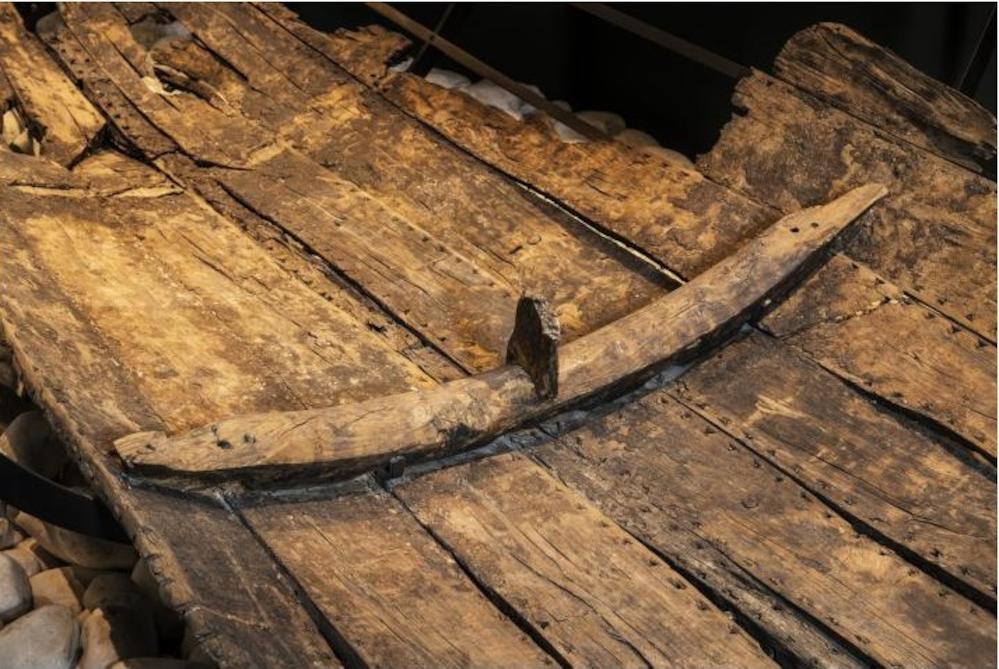
(10/ )
Hellenistic period
This type of Greek ship was used for fishing and coastal navigation. Since its foundation, Marseille has lived from the sea! The wooden planks of these boats were pierced and sewn together with flax plant ligatures. 6th century BC
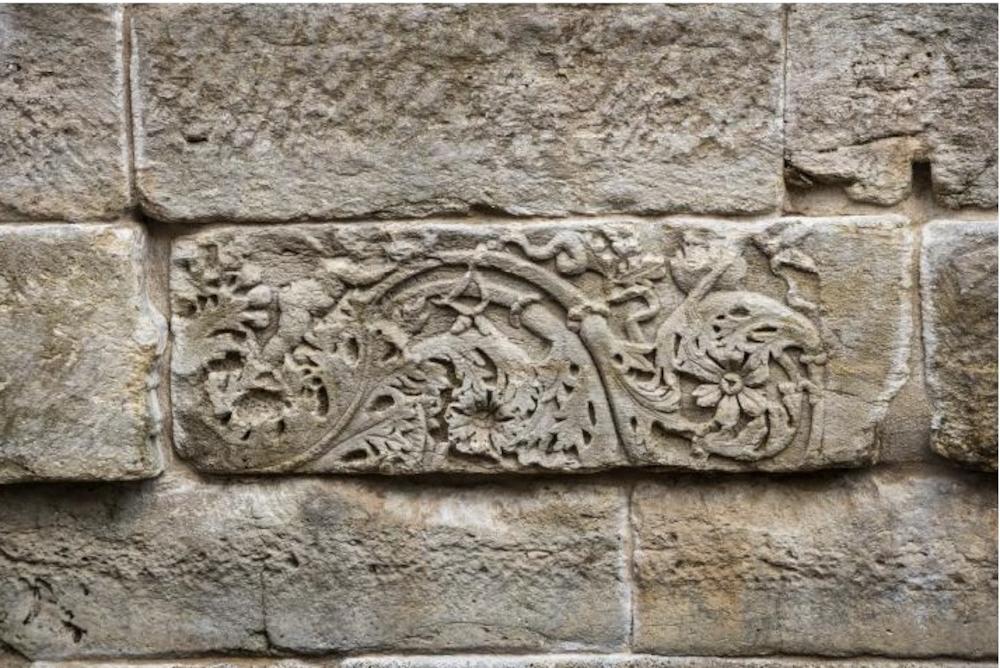
(11/ )
Early Imperial [27 / 235]
Throughout history, the reuse of architectural elements is common in construction. It allows for the construction and decoration of architectural structures at a lower cost, by replacing elements from buildings that have lost their meaning and therefore their usefulness. This architectural element from a wall on the Roman quay in Marseille was thus originally a relief decorating an early Roman mausoleum, located near a city gate.

(12/ )
Bas-Empire [235/ 476]
The upper parts of ancient boats are very rarely preserved, which is why this wooden fragment of a small third century Roman boat, 1.20 meters long, is so interesting.

(13/ )
Early Imperial [27 / 235]
The fittings refer to all the equipment on the deck of a boat. A capillot has the function of a cleat and is mainly used on old rigs. They are wooden or metal pegs, movable and vertical through a rack. They are used to turn the current maneuvers or as a pulley to deflect a sheet. The marine vases excavated at the bottom of the ancient harbor have allowed the exceptional conservation of wooden objects, here an ancient green oak capillot.
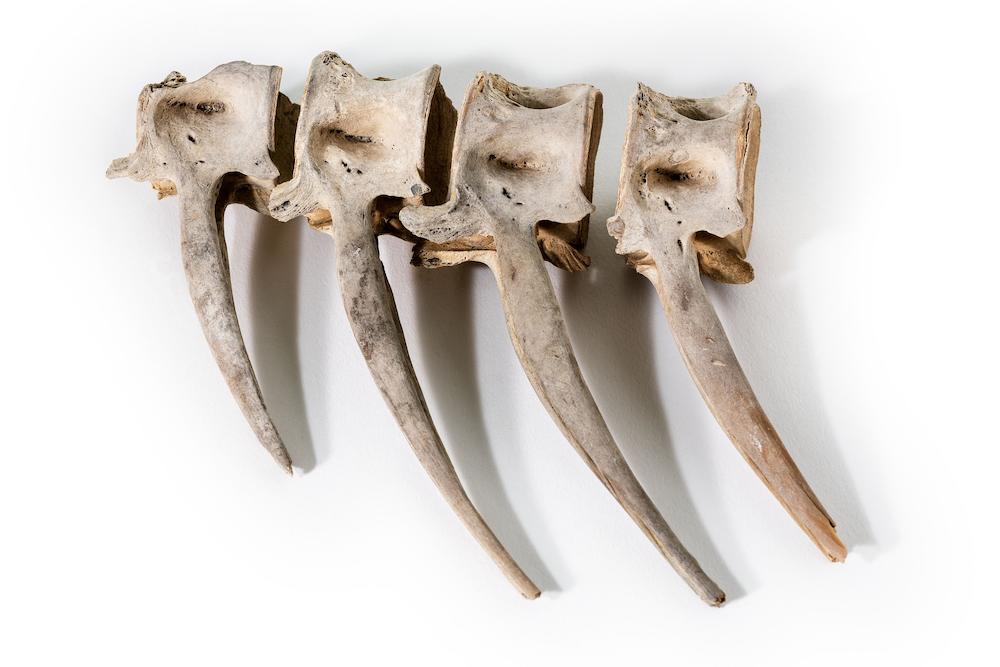
(14/ )
Bas-Empire [235/ 476]
Tuna vertebrae have been found in large quantities in the fill of the Roman harbor. The traces of cutting on the vertebrae attest that the fish was processed directly after returning from fishing. Tuna fishing was widespread in the Mediterranean during antiquity and Opien, a Latin author, praised Marseille's fishing, which he described as "excellent and truly marvelous"!
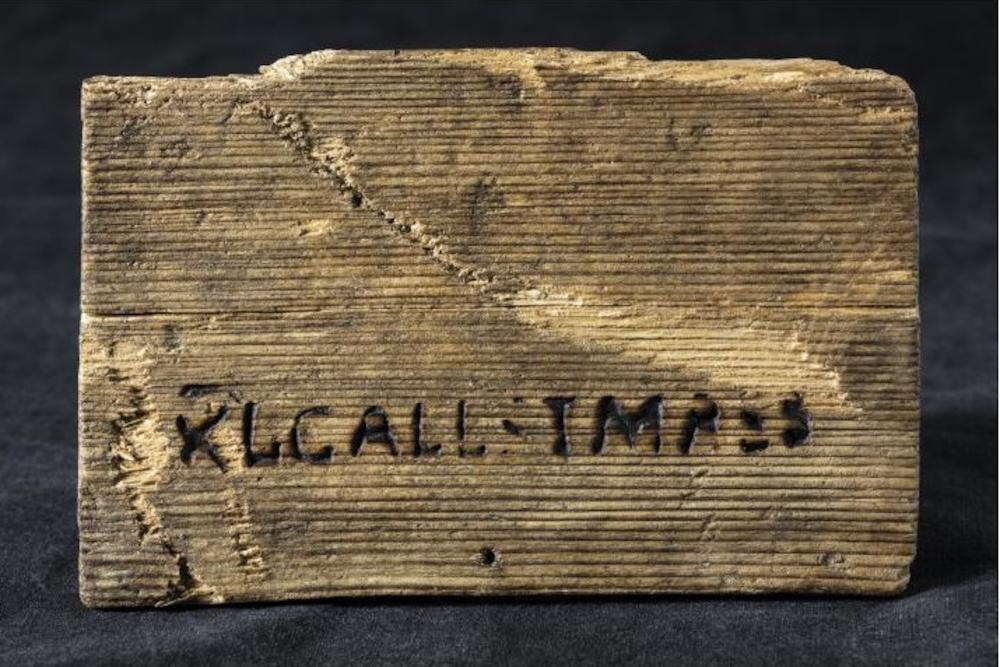
(15/ )
Bas-Empire [235/ 476]
This tablet was used by customs officers to tax goods entering Marseille for 40th of their value. Covered with wax, the tablet could be reused over and over again: all that was needed was to melt the wax to smooth it out and engrave it again with a stylus.
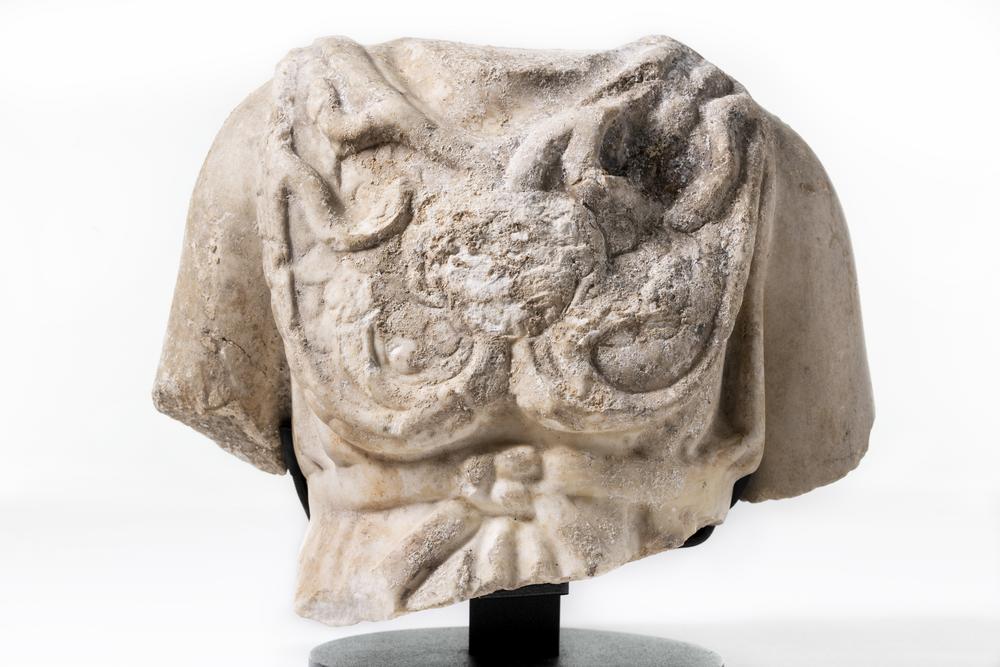
(16/ )
Early Imperial [27 / 235]
Unlike the cities of Arles and Nîmes, Marseilles has not yielded any remains of ancient temples, neither Greek nor Roman, although they are attested by the texts. This marble torso of Athena is one of the rare testimonies of ancient religious practices.
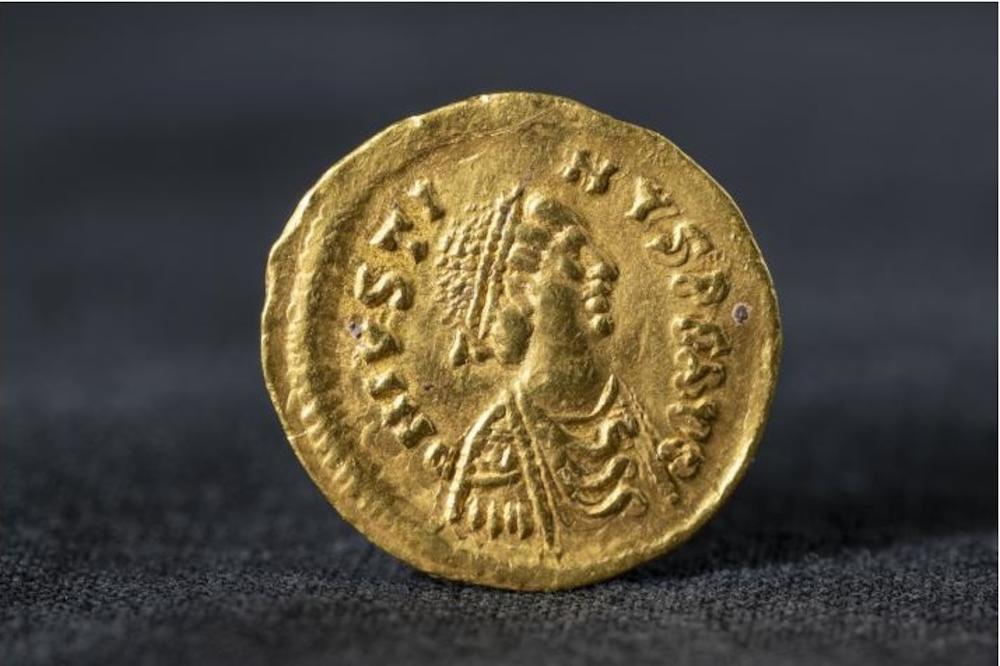
(17/ )
Bas-Empire [235/ 476]
During Antiquity, Marseille was a flourishing trade center: numerous coins attest to the commercial dynamism of the city. 4th century
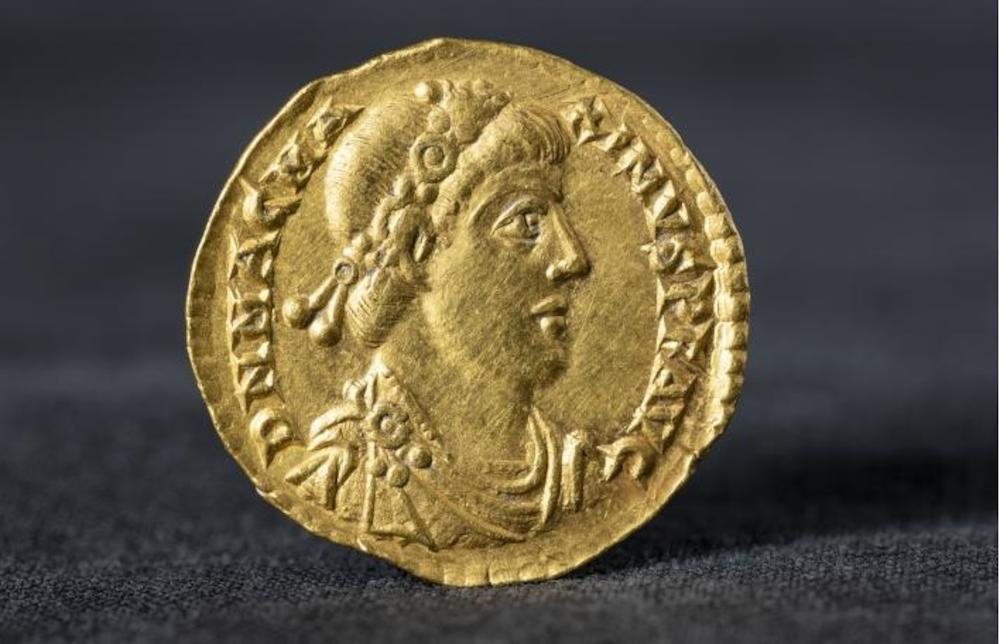
(18/ )
Bas-Empire [235/ 476]
Download your image
Roman coins allow for the dissemination of the imperial image. Magnus Maximus is shown here in profile, in bust form. He wears the diadem, the toga and the cuirass, emblems of his function. The physical appearance of the character is partly reproduced: elongated face, straight nose. Certain details, such as the roundness of the eye, are more in keeping with the artistic conventions of the Late Empire. The Roman portrait is here halfway between the realistic representation of the individual, and the idealized representation of imperial power.
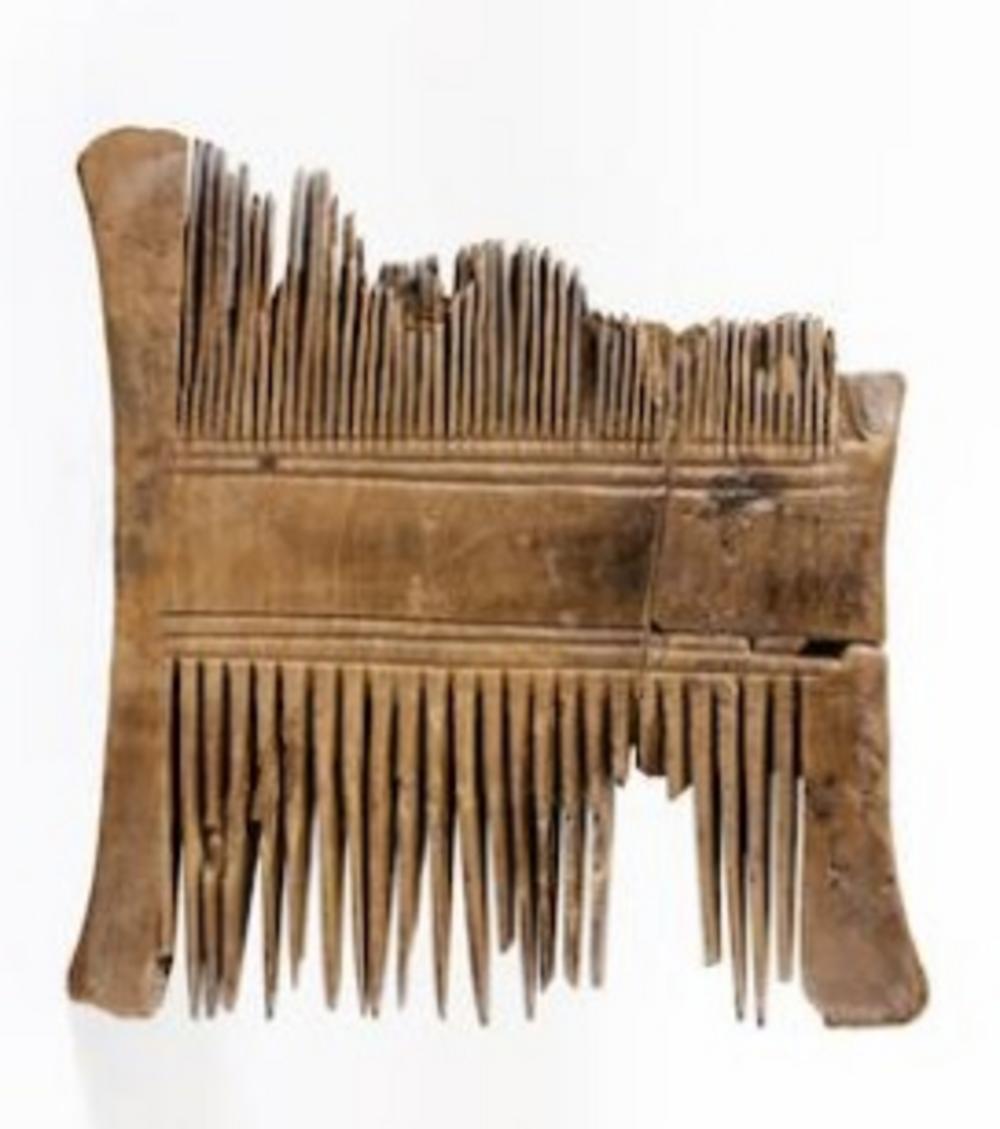
(19/ )
Early Imperial [27 / 235]
Antique combs are often made of boxwood, the density of which ensures the solidity of the teeth and a high quality polish.
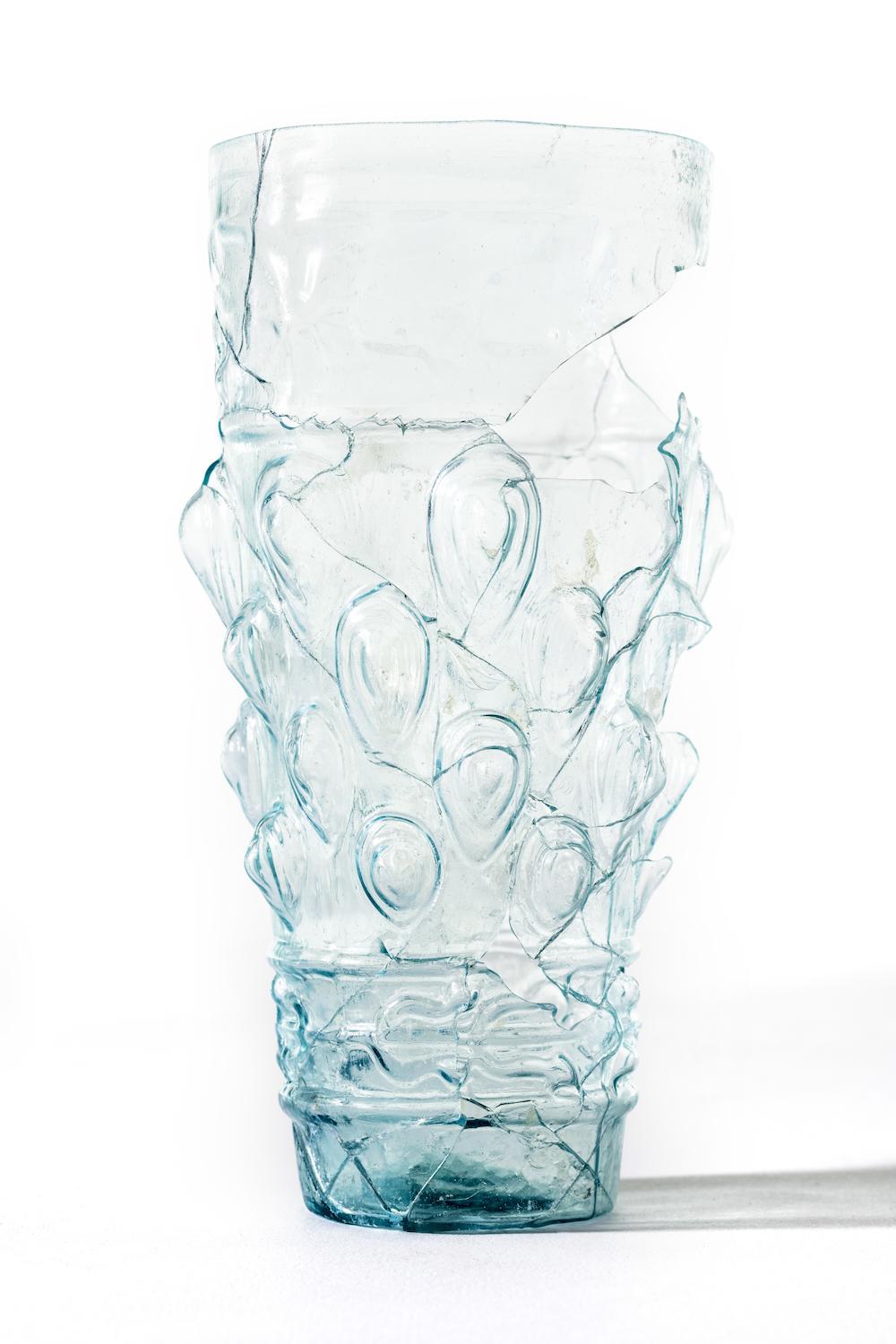
(20/ )
Early Imperial [27 / 235]
The walls of this cup, blown in a mold, are less than a millimeter thick and testify to the skill of Roman craftsmen.
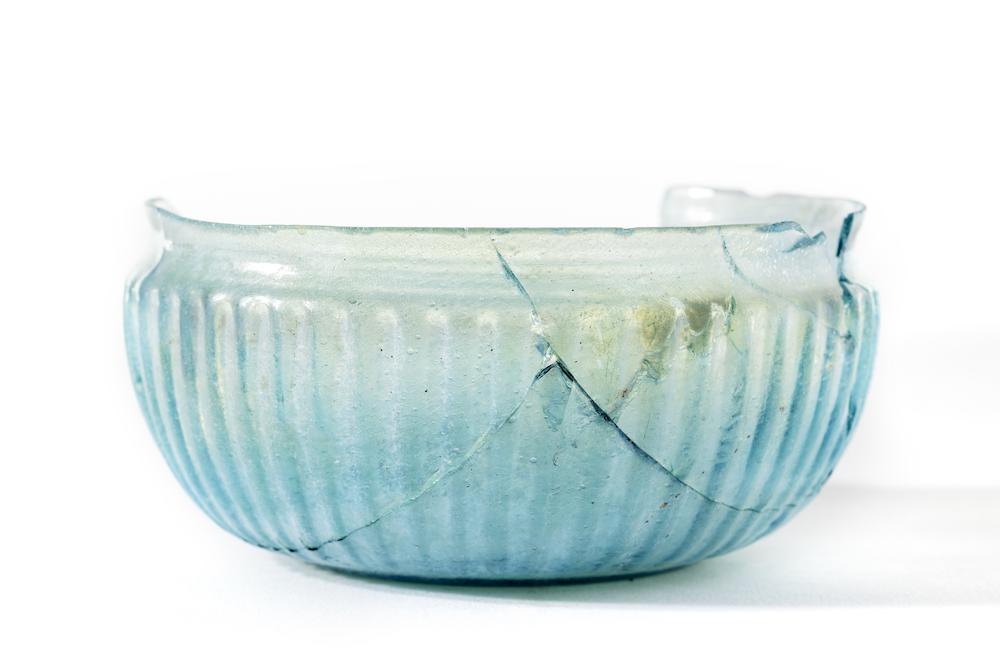
(21/ )
Early Imperial [27 / 235]
Rare bowl almost complete discovered in Marseille

(22/ )
Early Middle Ages [476 / 1000]
As early as the 4th century, Marseille attracted an important Christian community. Around 400, the city built the largest baptistery in France. The construction of places of worship, and particularly funerary basilicas outside the city, exploded in the 5th century.
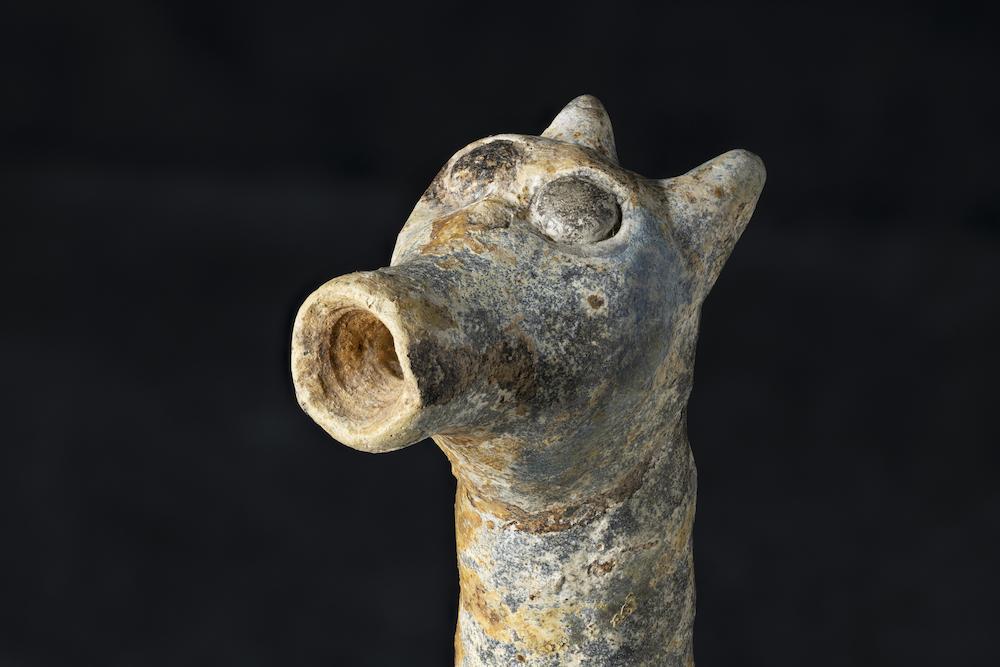
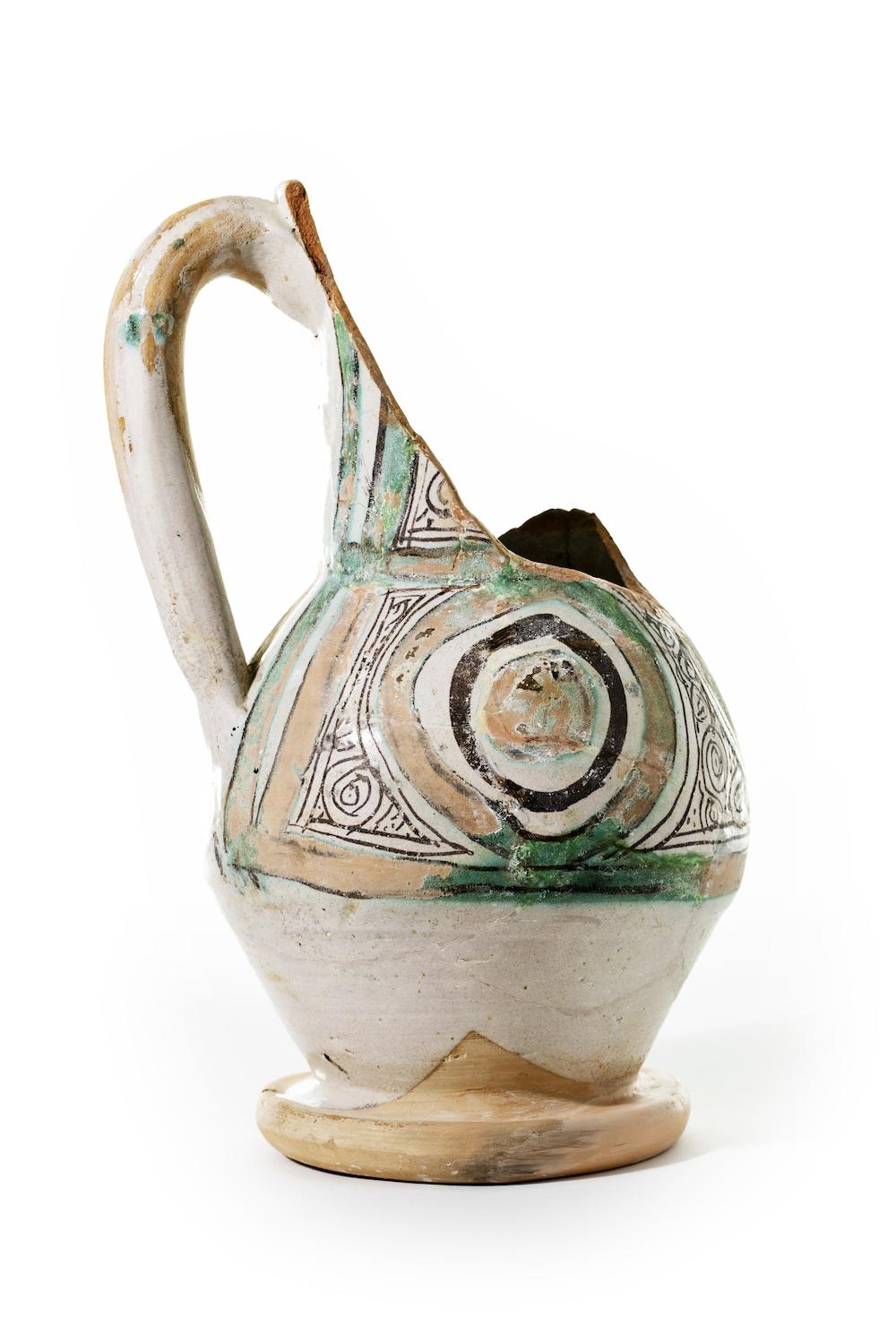
(24/ )
Late Middle Ages [1300 / 1492]
The bishop and the viscount of Marseille shared the territory and the power. The village of Les Olliers, a district specialized in the production of ceramics, was under the jurisdiction of the bishop. The bishop was responsible for the installation of potters who mastered the techniques known in the Islamic world, notably glazing and enamel on limestone paste, which were to make Marseilles ceramics so successful in the 13th century.

(25/ )
Middle Ages [476 / 1492]
If most of the dishes discovered by archaeologists are made of ceramic, a rot-proof material, there are rare cases where wooden objects are preserved.

(26/ )
Modern period [1492 / 1789]
This fragment of an 18th century dish, of Chinese origin, testifies to the eminent place of the port of Marseille in long-distance trade.
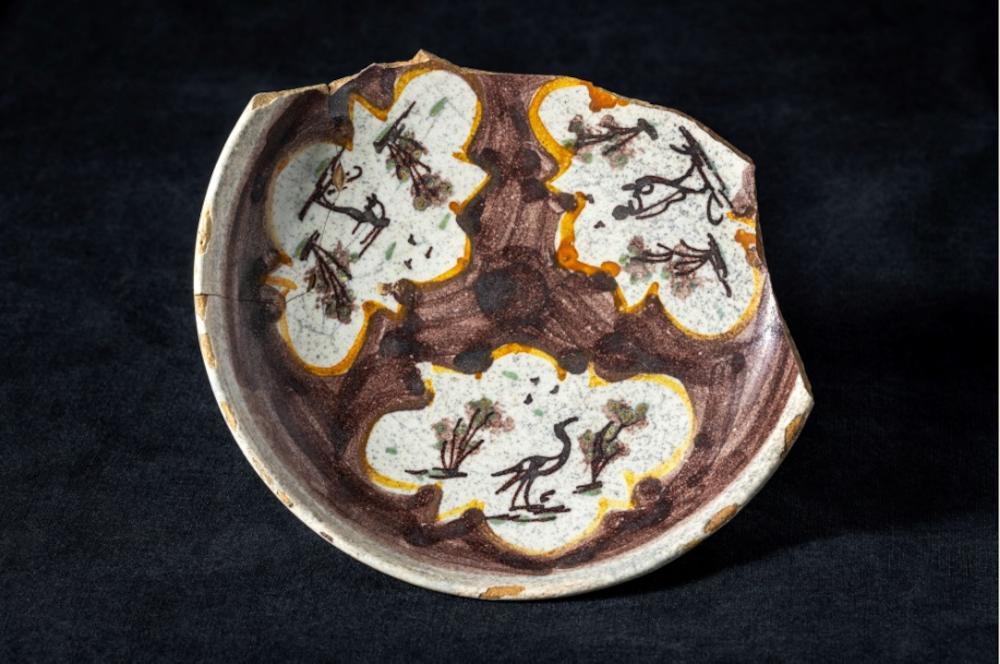
(27/ )
Modern period [1492 / 1789]
Marseille was an important outlet for the products of nearby Liguria. This object from the 18th century bears witness to this.
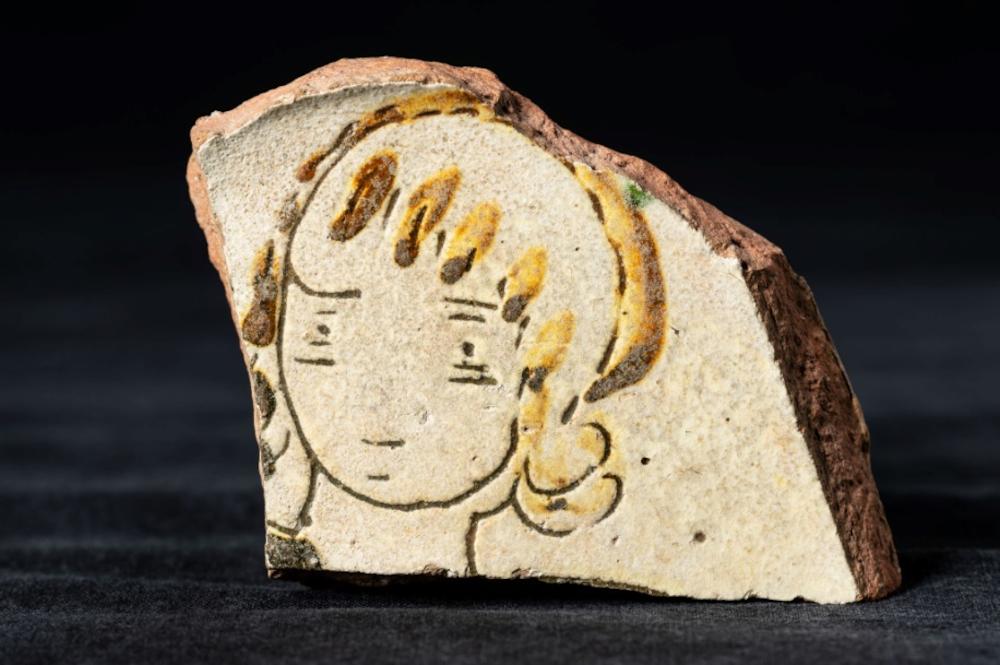
(28/ )
Modern period [1492 / 1789]
A sketch of land
Scales in the Marseilles area constituted in the seventeenthe and XVIIIe centuries of everyday objects. Their production was simple and quick, as was their decoration, often a tulip or bird. The human face, a rare motif, is treated with the same economy: the clay is covered with a beige glaze that the craftsman scratches with a point to trace the chin, eyes, mouth. A few drops of diluted iron oxide bring out the hair.